
18 minute read
Food and drink consumer demand trends for 2023
Centred around outer space, climate change, mental performance and the overwhelmed consumer, here are four of the eight 2023 Global Food and Drink Trends that Mintel analysts believe will impact consumer demands for food and drink in 2023 and over the next few years, as well as 5+ years into the future.
1. Weatherproofing
The first consumer demand trend is predicted to be food and drink formulations that help consumers endure heatwaves, subzero temperatures and disastrous weather events.
According to Jenny Zegler, Director, Mintel Food & Drink and Mintel Global Consumer: “Adaption and resourcefulness will be the name of the game as brands innovate to help consumers deal with the harsh effects of the planet’s more dangerous weather. From polar vortexes to heatwaves, consumers will look for products that help their bodies withstand the varying temperature extremes. Food and drink innovations also will be called upon to deliver easy-to-use nutrition during catastrophic floods and other weather-related disasters. Meanwhile, the genuine demand for energy savings in 2023 will drive a newfound appreciation for the benefits of having energy-efficient food and drink on hand during extreme weather. Stronger UV rays will create demand for functional food and drink with skin health benefits, while shelf-stable formats will prove to be life-savers as brands face up to the reality of supply chain issues. Beyond mainstream needs, brands will innovate emergency food and drink for special diets, children and the elderly, while pet food brands would do well to explore how to help our beloved pets endure severe weather.”
2. Staying sharp
The second trend is food and drink formulations that help consumers optimise their mental performance at work, home and play.
“Focus and productivity are the next mental and emotional wellbeing functionalities that consumers will be seeking. Consumers will look for food and drink that influence cognitive capacity, manage stress levels and optimise brain function. Expect to see brands promoting the brain boosts available from familiar energising ingredients, such as plant-based ingredients like fruits, vegetables and legumes, and caffeine (in moderation). But research will be needed to prove to consumers that the range of natural and functional ingredients from B vitamins to nootropics deliver on their cognitive health promises. New research and patents related to the gut–brain axis will create opportunities to highlight how the digestive health benefits of pro, pre and postbiotics support cognitive health. These science-backed advancements will enable fibre-rich foods such as produce to shine,” Zegler said.
3. Outer space
As Earth endures more chaos, the next trend is that space will become a source of optimism, innovation and connection.
“In the not-too-distant future, space will become less whimsical and more tangible. Centring around escapism, the food and drink market will take inspiration from space-inspired technologies and earthly innovations from space travel findings — think lunar minerals and zero-gravity dining. The undiscovered novelty of outer space will have a particularly unsullied charm for Gen Z, who are disillusioned with the world as it is, but brands should also consider the inspirational role space will have in Gen Alpha’s lives. New technologies, including resource-efficient agriculture and powdered protein, will come to light, giving food and drink brands a wider variety of spaceinspired themes. Astronauts require food and drink solutions that can facilitate multiyear missions into deep space and these breakthroughs may well prove useful on Earth,” Zegler said.
4. Minimalist messaging
The final trend in the top four is clear and simple communication from food manufacturers to consumers who are fatigued by information overload.
“When it comes to brands communicating with customers, clarity and simplicity will prove to be a winning formula. Communication will be streamlined to the essential selling points as consumers seek brands that focus on their advantages on pack — and save storytelling for websites, social media and marketing. Products with clean designs that highlight natural ingredients and key health benefits will satisfy shoppers who are looking to escape information overload. Over the next decade, expect to see consumers rely on more virtual solutions to inspire, educate and affirm their purchases. Brands will share information on eCommerce sites to ensure their stories and benefits reach consumers who rely on their smart assistants, smart refrigerators or eventually curated shops in the metaverse to filter out items that do not meet their preset preferences,” Zegler said.
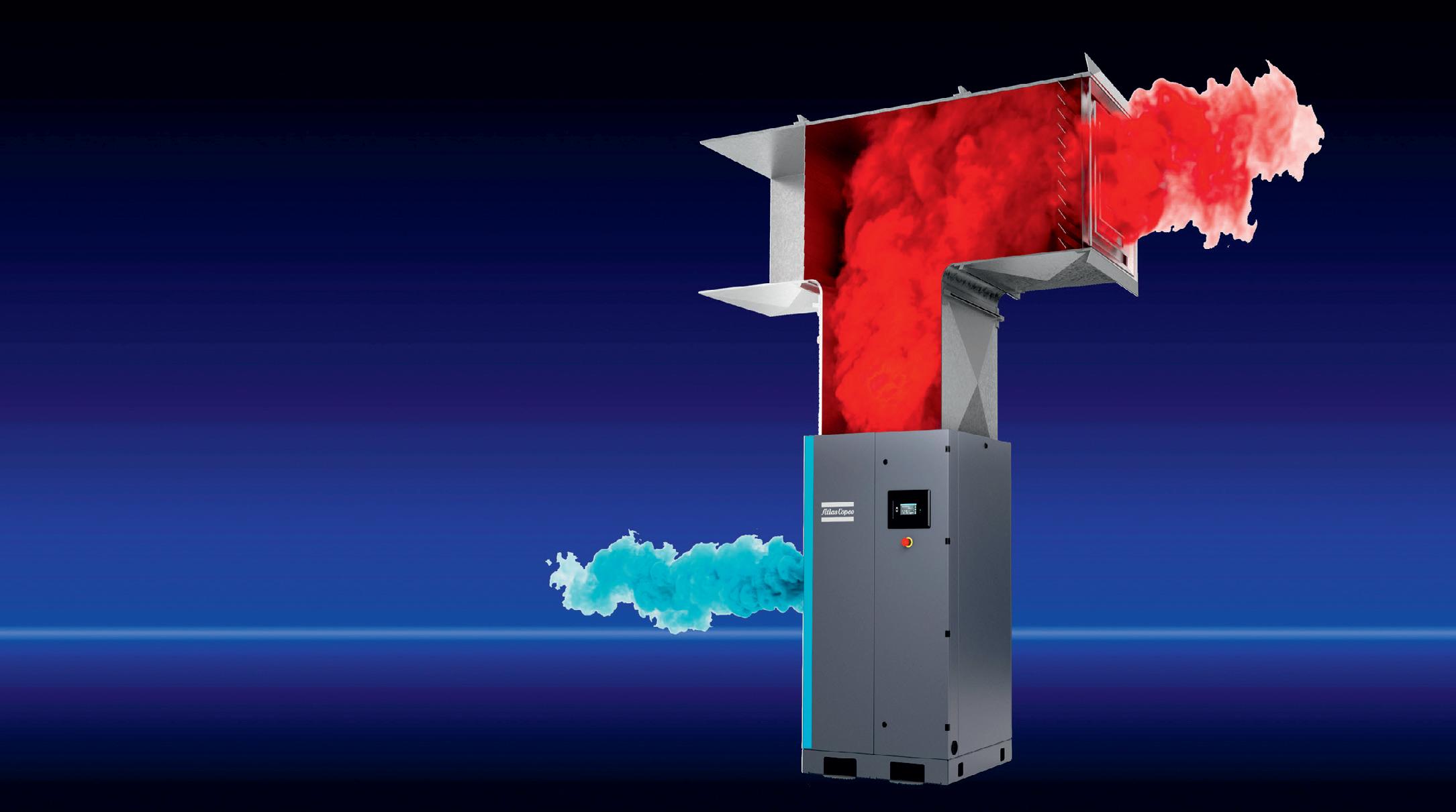
Use your energy twice with Atlas Copco’s Energy Recovery Systems
Food and beverage plants use heat and energy in just about every stage of processing. Most of the heat and energy used is in the form of hot water or steam.
Hot water can be used to warm ingredients to aid mixing and blending while steam generated from hot water is used to scald, cook or sterilise food. Vast amounts of hot water is also used to clean processing equipment at the end of the shift.
Containers, bottles and jars are cleaned or heated with hot water or steam before packing. Typically, all this water is heated with gas burners or electrical heaters and represents a sizable portion of the total energy consumed by food and beverage plants.
Another large user of energy in such plants are the air compressors. Compressed air is vital in food and beverage processing and is used in: *fermentation, filling and capping *pneumatic conveying *mixing *sorting *air knives *peeling *drying *forming, and *packaging

Even with the most efficient compressors, over 90% of the input electrical energy is converted as compression heat which needs to be removed from the plant room and essentially wasted. Imagine if this wasted heat from your compressors could be put to good use to help you heat hot water for your processing plant. Well Atlas Copco has been doing this very thing for over half a century!
We can supply Energy Recovery options for just about every air compressor in our range from 30 kW to 900 kW and beyond. With our oil-free air compressors, we can recover up to 105% of electrical energy input in the form of hot water up to 90 Deg C to offset the energy input needed to heat water for your food and beverage processing.
Contact us today to learn how much energy you can recover.
image©iStockphoto.com
Fo d

FOR thought

Chocolate facility to be built in India
The Barry Callebaut Group is building a third manufacturing facility in India. The chocolate and compound factory will be located in the Ghiloth industrial area, in the city of Neemrana, about 120 km southwest of Delhi. Upon completion of the factory, India will become Barry Callebaut’s largest chocolate-producing market in the Asia–Pacific region.
Since the opening of its first Chocolate Academy Centre in Mumbai in 2007, Barry Callebaut has continuously invested in the Indian chocolate and cocoa market — it now operates two factories in Baramati. With this third facility, the company’s total investment in India is projected to exceed $77 million.
The new facility will cover a total of 20,000 m2 and is scheduled to be operational in 2024. It will include assembly lines capable of manufacturing chocolate and compound in different delivery formats, catering to the various needs of its international food manufacturers, local confectioneries and semi-industrial bakers and patisseries. The facility will also house a warehouse and a research & development laboratory.
iStock.com/Surapong Tanachotrungruang
Inquiry into food security in Australia

On 26 October 2022, the Australian Parliament’s Agriculture Committee commenced an inquiry into food security in Australia.
Committee Chair Meryl Swanson said that food security was a growing issue nationally and internationally, with population growth, war, weather and climate all posing risks to the availability and accessibility of food.
The Committee will examine ways to strengthen and safeguard food security in Australia. In particular, it will focus on local food production and the impact of supply chain distribution on the cost and availability of food.
The Committee is also interested in exploring the impact of climate change on food production in Australia. Swanson said that, “while climate change poses a continual risk to farmers, the Committee is keen to see how agricultural producers are adapting and innovating in response to these climate challenges”.
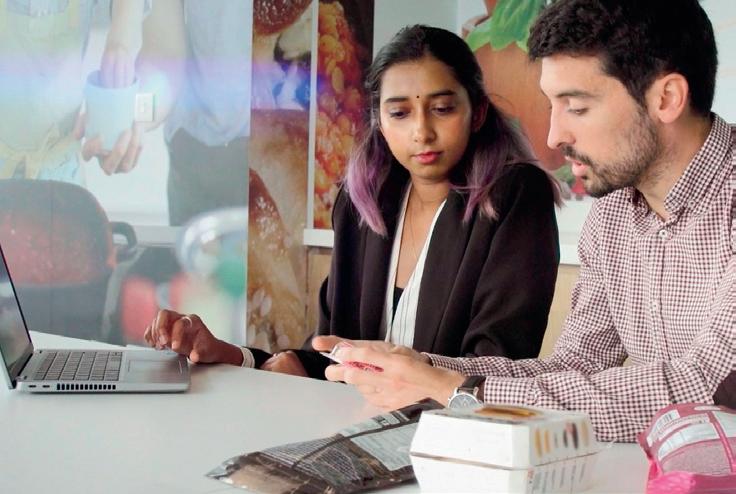
Getting the right formula for front-of-pack nutrition labels
Kerry has launched a tool that is designed to support manufacturers in optimising the nutritional profile of products while being aware of the various front-of-pack regulations.
The KerryNutri Guide can measure food and beverages across a range of front-of-pack nutrition labelling systems and guide the user to a better score.
The online tool is designed to support brands in navigating through the introduction of various rules and regulations, such as taxes and restrictions on products that are high in fat, sugar and salt. It measures the impact of a product that is packaged and ready for the end consumer by calculating energy, saturated fat, sugar, fibre, protein and salt content using data entered by the user. The nutrient score of each input is then displayed, showing areas that are close to or exceeding a regulatory or dietary threshold, and identifying areas for reformulation and innovation.
Speaking on the launch of the product, Albert McQuaid, Global Chief Science and Technology Officer at Kerry, said that the increase in nutrition restrictions and tax implementations is the most significant in history. Over 40 countries use front-ofpack nutrition labels, which may be challenging for companies with products across multiple markets.
“It can be incredibly challenging for companies who sell products into multiple countries to understand exactly how these labelling systems will appear on their product. Using KerryNutri Guide, we can innovate with customers to create products that meet challenges such as sugar taxes, sodium reduction targets, and comprehensive nutritional profile models,” McQuaid said.
“We have a broad range of technologies that can support reformulation as well as leading insights to support manufacturers in a challenging environment.”
As regulations vary globally, KerryNutri can provide regional insights and uses the data to replicate on-pack labels used in the European Union, the United Kingdom, Mexico, Singapore, Australia and New Zealand. It will, for example, show the HFSS score of the product for the UK market while displaying what sugar taxes apply for each region for beverages. It can also simulate which nutritional claims may be made on-pack, and whether the product is low in fat, sugar, salt or is a source of fibre or protein.

image©iStockphoto.com
Fo d

FOR thought
Mrs Mac’s Pie Company sold to Aus Pie Co
One of Australia’s largest pie manufacturers, Mrs Mac’s Pie Company, supplies pies, pasties and sausage rolls across Australia and New Zealand. The family-owned business that was established in 1954 has now been sold to Aus Pie Co.
Bruce Feodoroff, CEO of Aus Pie Co, said the acquisition of Mrs Mac’s will ensure the company has a bright future ahead. “We have plans to revitalise the company with further investment and improve the range, without sacrificing the flavours Australians and New Zealanders love,” he said.
Feodoroff said the food manufacturing will stay in Australia and the volume is set to increase as he has plans to export to other countries across the globe. The company’s plans also include engagement with all the current loyal and experienced staff across the business.
“We are on a mission to grow this great business and brand both locally and internationally, which is a great new story for Australian food production. We are really proud to ensure that Mrs Mac’s tradition continues, particularly as so many other food companies have moved production overseas,” Feodoroff said.
Chocolate made with 30% less sugar using AI
Sugar reduction is a trend that’s here to stay as many consumers become increasingly aware of their health and wellbeing. In response, food manufacturers continue to future-proof their products by developing recipes with reduced sugar content.
Finnish dairy ingredients company Valio recently used the latest artificial intelligence (AI) technology combined with its Bettersweet product to develop a chocolate bar which is claimed to reduce sugar by up to 30% without affecting the taste.
It uses Valio’s Bettersweet milk powder, which is designed to allow manufacturers to reduce the amount of sugar used in chocolate by up to 30% and also gives them the possibilities of using the ‘Without added sugar’ claim.
The AI technology was used to analyse the tastes of chocolate lovers from around the world to develop the five-layered chocolate bar, called The Bar. Each layer is designed to have a different taste and texture that fits a different motive derived by the AI: hunger, craving, relaxation, impulse and delight. The design of the bar allows for the layers to be easily separated, and the size of each layer corresponds to the importance of each use case.
My Muscle Chef opens $55m facility in Western Sydney
My Muscle Chef has opened its new $55 million manufacturing and logistics facility in Yennora, Western Sydney.
The 10,000 m2 facility will allow the company to more than double its capacity to be able to produce over 1.2 million fresh meals every week.
The facility will provide additional capabilities across food manufacturing, technology and logistics. It will also allow the company to expand its workforce by 20%, with the new facility having the capacity for a 600-person workforce spanning across trained chefs, food technology engineers and technicians, and quality assurance, alongside operations, finance, product development, marketing and software engineering.
Chief Executive Officer Tushar Menon said: “We are so proud of the evolution of My Muscle Chef over the past nine years. What started out in a small start-up kitchen has become a 10,000 m2 facility capable of producing and supplying over one million fresh meals to Australians across the country every week.
“I’m particularly proud that we are continuing to invest in Western Sydney, where I grew up and where I still call home, providing a wide variety of employment opportunities and career paths to the community, and boosting the local economy.”
My Muscle Chef produces fresh ready-made meals, snacks and drinks for the direct-to-consumer e-commerce and retail FMCG market. The team works with over 200 Aussie growers to supply 70 tonnes of protein and 92 tonnes of vegetables every week, which is set to grow with the opening of the new facility.
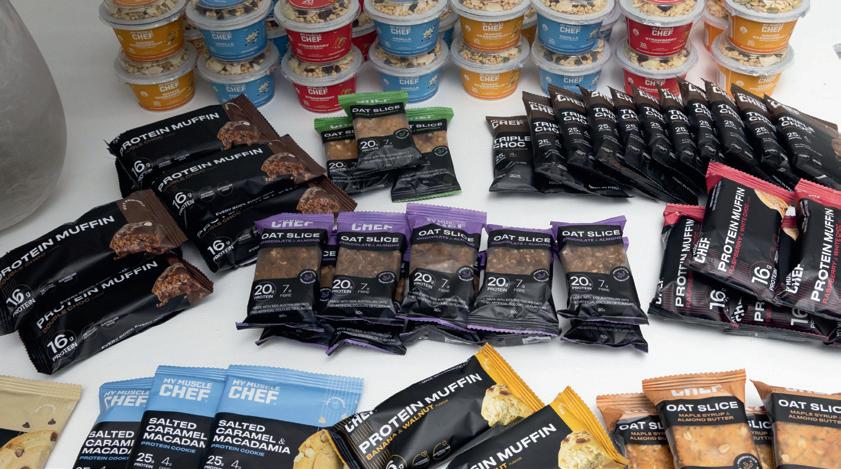
CCEP opens $43.7 million can line in Vic
Backed by a $43.7 million investment, Coca-Cola Europacific Partners (CCEP) Australia has opened a new can line at its production site in Moorabbin, Victoria.
The line caters for increasing demand for canned beverages, allowing CCEP to scale its local can production and deliver more beverages across Victoria, Tasmania and South Australia.
Fully operational in time for summer, the can line is able to make up to 1700 cans per minute in a variety of formats and sizes, from ‘mini’ 250 and 375 mL cans through to 500 mL packs.
Peter West, Vice President and General Manager of Australia, the Pacific and Indonesia, Coca-Cola Europacific Partners, said CCEP adopts a value-chain approach and continually assesses the entire life cycle of products to drive growth and sustainability.
“This new can line at Moorabbin allows us to make a larger range of canned beverages from across our portfolio of nonalcoholic and alcoholic brands locally in Victoria, meaning our products are closer to the end consumer. This minimises freight movements and, in turn, helps to reduce carbon emissions,” he said.
Delivering water and energy efficiencies, the can line is the most sustainable within the company’s Australian operations. It uses less water than other existing lines and is estimated to save the equivalent of six Olympic-sized swimming pools of water per year. The line is also designed to reduce the site’s energy usage by approximately 160,000 kWh each year, due to its ability to fill cans
at room temperature.
Orlando Rodriguez, Vice President of Supply Chain, Australia, New Zealand and Pacific, CCEP, said, “The requirement to move product between states in a country as vast as Australia contributes to greenhouse gas emissions and reducing this is a challenging task, but it’s not impossible. Our continued investment in more efficient infrastructure at our facilities will play a role in helping us reach our net zero targets.”
The can line at Moorabbin complements CCEP’s new-look distribution centre (DC) at Mentone, which houses a $17.4 million automated storage and retrieval system (ASRS). The ASRS provides 12,000 additional pallet spaces to support the increased can production and the efficient dispatch of product orders in Australia’s southern states.
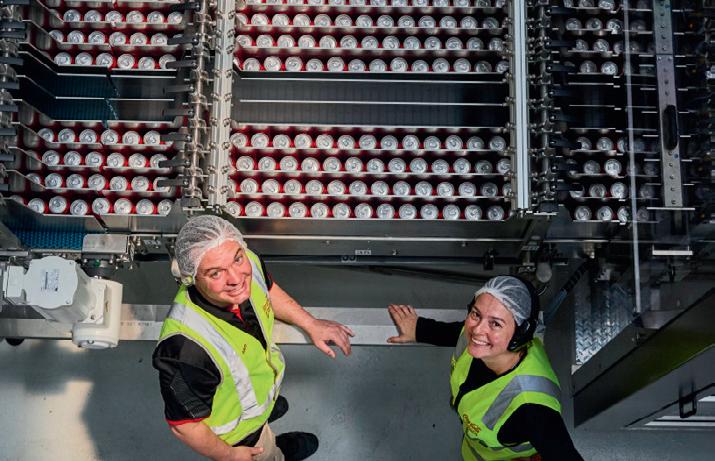
Harvest B opens plant-based meat ingredient facility in Sydney
Australia’s plant-based meat manufacturers will now be able to locally source ingredients thanks to the opening of Harvest B’s plant-based meat ingredient manufacturing facility in Penrith on 13 December 2022.
Built with the assistance of a $1 million co-investment via the federal government’s Advanced Manufacturing Growth Centre (AMGC), the facility will initially manufacture up to 1000 metric tonnes of plant-based proteins designed for meat replacement products for both local and international consumption. The facility integrates both the R&D and advanced manufacturing capability required to produce the ingredients domestically using Australian-grown grains.
Supplied to food brands, food manufacturers and foodservice providers, Harvest B’s plant-based proteins will then be converted into food products such as sausages, patties, mince and the company’s own proprietary products.
When Harvest B co-founders Kristi Riordan and Alfred Lo set about investigating the plant-based protein market, it became apparent that there was not a single large-scale ingredient brand supplying plant proteins to Australian food manufacturers.
“It made absolutely no sense that high-quality, Australian-grown produce is shipped offshore to be processed only for us to buy it back at higher costs as finished consumer products. It became quickly evident to Harvest B that there was a significant opportunity for this value-add to be done in Australia, creating local jobs and greater export opportunities,” said Harvest B Co-founder and CEO Kristi Riordan.
The Harvest B facility in Penrith was opened by the Minister for Industry and Science, Ed Husic.
“The Albanese government is committed to revitalising Australia’s advanced manufacturing by backing companies like Harvest B. Supporting domestic capability in emerging technologies, including in areas like food production, will be a focus for the National Reconstruction Fund,” Husic said.
With co-investment support from the federal government via AMGC and industry partners, including Woolworths’ venture fund (W23), Harvest B intends to initially develop 10 different product lines with export into Southeast Asia, which is already presenting opportunities.
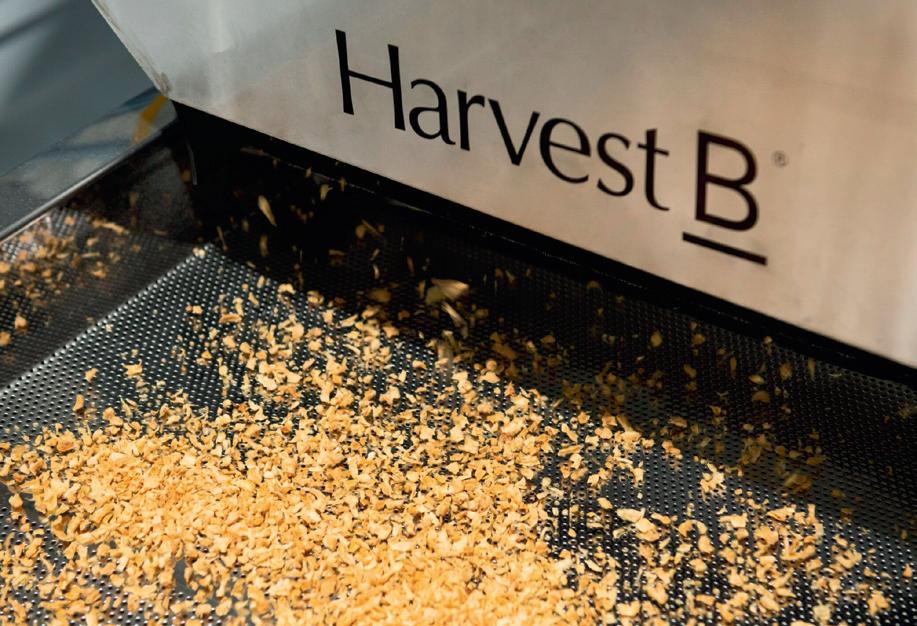
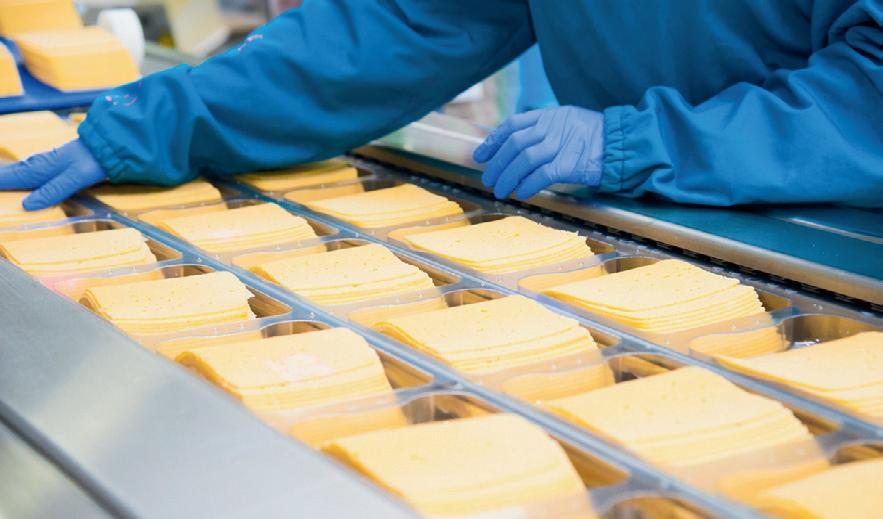
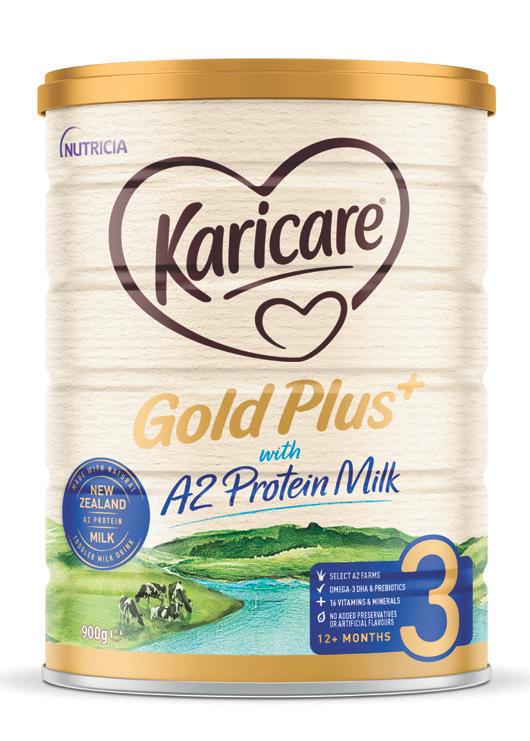

New Zealand dairy industry one step closer to net zero
Fonterra and Nestlé have announced a new partnership designed to help reduce New Zealand’s on-farm emissions, including a drive to develop a commercially viable net zero carbon emissions dairy farm.
Over a five-year project, the farm, run with co-partner Dairy Trust Taranaki, will examine all aspects of farm operations to reduce carbon with the aim of cutting emissions by 30% by mid-2027, and a 10-year ambition of reaching net zero carbon emissions.
The demonstration farm at the centre of the project is a 290 ha property surrounding Fonterra’s Whareroa site.
Lessons learned will be shared with farmers during open days, allowing them to adopt the techniques and technologies that are most appropriate for their own farms. Practices must be economically viable and practical for farmers to adopt.
Nestlé New Zealand CEO Jennifer Chappell said the Taranaki farm would build on Nestlé’s work around the world to help transform the dairy industry.
“Dairy is our single biggest ingredient, and our vision is that the future for dairy can be net zero,” Chappell said.
The opt-in pilot will start with around 50 farms and then be scaled up over the next three years.
Danone milk formula certified carbon neutral
Danone has announced that its New Zealand milk formula, Karicare, has achieved carbon neutral certification for its Karicare Gold Plus+ Organic and Karicare Gold Plus+ A2 Protein Milk product ranges. Certification is provided by the Carbon Trust, an independent certifying body, against the globally recognised PAS 2060 standard for carbon neutrality. These two products in the range are the first to be certified as part of the company’s ambition for the entire Karicare portfolio to be carbon neutral by 2030.
The certification follows a rigorous product lifecycle evaluation covering sourcing, production and distribution. Danone has also recently completed a range of actions at its spray drying facility in Balclutha on New Zealand’s South Island, where the base powder for products is produced. Part of the company’s global RE-Fuel energy excellence program to transition to resilient and renewable sources of energy, these actions include switching to 100% renewable electricity and investing in a new biomass boiler.
Saputo Dairy Australia plans to close facilities in Vic
Saputo Dairy Australia (SDA) has announced it is undertaking further consolidation initiatives intended to enhance its operational efficiency and strengthen its competitiveness.
Early next year, the dairy company plans to permanently close its Maffra, Victoria, facility. It will also scale back the activities at two other facilities by shutting down its bulk powders production area located in Leongatha, Victoria, and closing its cheese packaging area at Mil-Lel, South Australia.
Many of the impacted production and packaging functions at these three facilities will be absorbed or integrated into SDA’s other facilities. Approximately 75 employees will be impacted.
Leanne Cutts, President and Chief Operating Officer (International and Europe), Saputo Inc, said the decision was difficult to make but is designed to make the company more efficient. "These strategic Stock.com/Grigorenko steps taken to further streamline our network aim to leverage SDA’s broader manufacturing network capabilities while creating synergies to maximise the return on every litre of milk.” The company said the changes will have minimal impact on consumers and it expects no changes to its farmer relationships, with suppliers’ milk continuing to be collected and processed across SDA’s network. The changes will take effect in the first three months of 2023.










